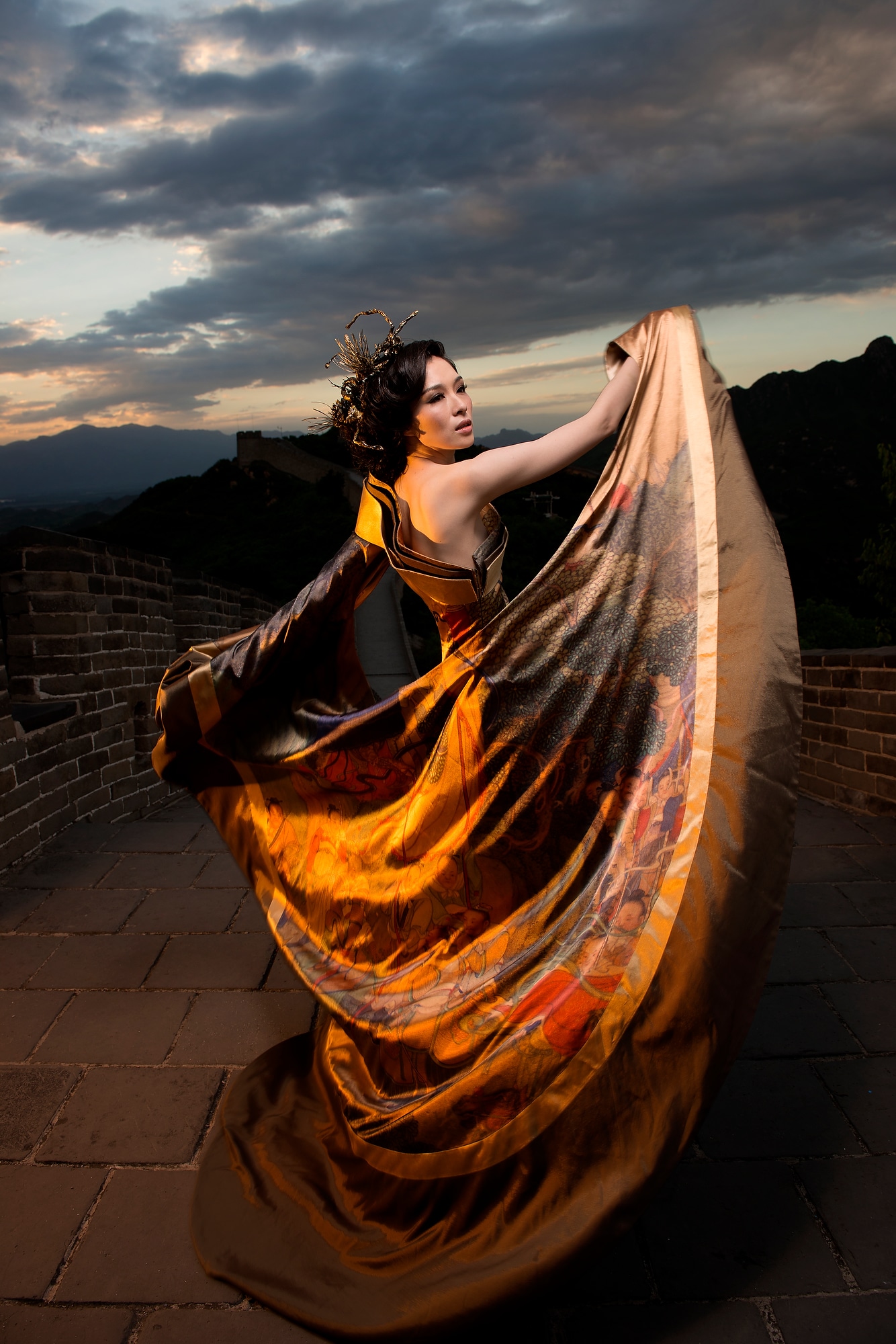People generally look better with a bit of low fill light. Not always, because there is no word “always” in photography. But a soft, barely perceptible fill light from below the eye-line is often, almost always, in fact almost always, good for your subject. Unless of course you screw him up and beat him to DEFCON 1. Then it could resemble one of those dramatic end-of-life moments in a crime drama TV series where the guilty party, ultimately cornered, takes their own life. rather than returning to the joint. A dramatic and heated dialogue ensues. Criminals explain the inner motivation for all their evil crimes. Cameras turn on, gunshots rang out, scattering on the walls. With too strong a dim light, it ends up being just a shadow on the wall, so I just made a goofy graph to demonstrate the point about being careful and well-managed when using low fills. Be casual.

But measured and handled with care, low fill works well. It can be as simple as filler board, white, gold or silver. Passive additive light source for charging purposes. Or, it could be a charging board with a flashing light into it, thus turning it into an active charging source, which can be controlled through the amount of power you put into it.
Several questions arose from our Instagram post on the Great Wall of China. An informal, impromptu low fill through a small flash punched into a silver reflector that’s basically lying on the floor. A gentle push of light, running about minus 1 to 2 stops below main. Present, but just barely. A whisper of light, barely felt. There’s no difference in the f-stop, just a difference in taste. Unnoticeable.
I had a job handed to me in China, a few years ago, that I wasn’t prepared for. Clients change direction – complete 180 on subject matter. I had to turn around quickly, as we all have to do on the court. You only finish because you have to succeed, no matter the obstacles. I had to collect some knockoffs to use as a last minute light fixture, when I was in Beijing. What you see in the BTS photos are random beauty dishes, some sort of silver reflector on the ground, and various other objects.

Low-key silvery splashes adorn the opulent red gown and develop the colors for the camera in a rich, beautiful way. I prefer doing this in the field rather than post production. Fieldwork, for me, is always the challenge of all of this.
It’s basically the same combo, with slight variations, for the banner image and for example, below.

It’s a hands-on, tried-and-true, honest, approach to portraits of beauty, or really any encounter with a human face. This could be a floor, if it’s a neutral color and has a measure of reflective possibility, or a piece of white foam core board. (The ever-handy V-flat salute!) Or the silvery surface, as you can see in BTS’s photo. This opens the eye and makes the subject shine, just a little bit. Or gold, for a warmer feel. Below I made a bounce gel, and pushed it maybe even a touch too hard, given the drama of the dress and the moment.

This is according to your taste, and the nature of the face and place. But low light stone.
More thx….
The post A Low Light, Up on The Great Wall first appeared on Joe McNally Photography.
